Volcano Tangkuban Parahu
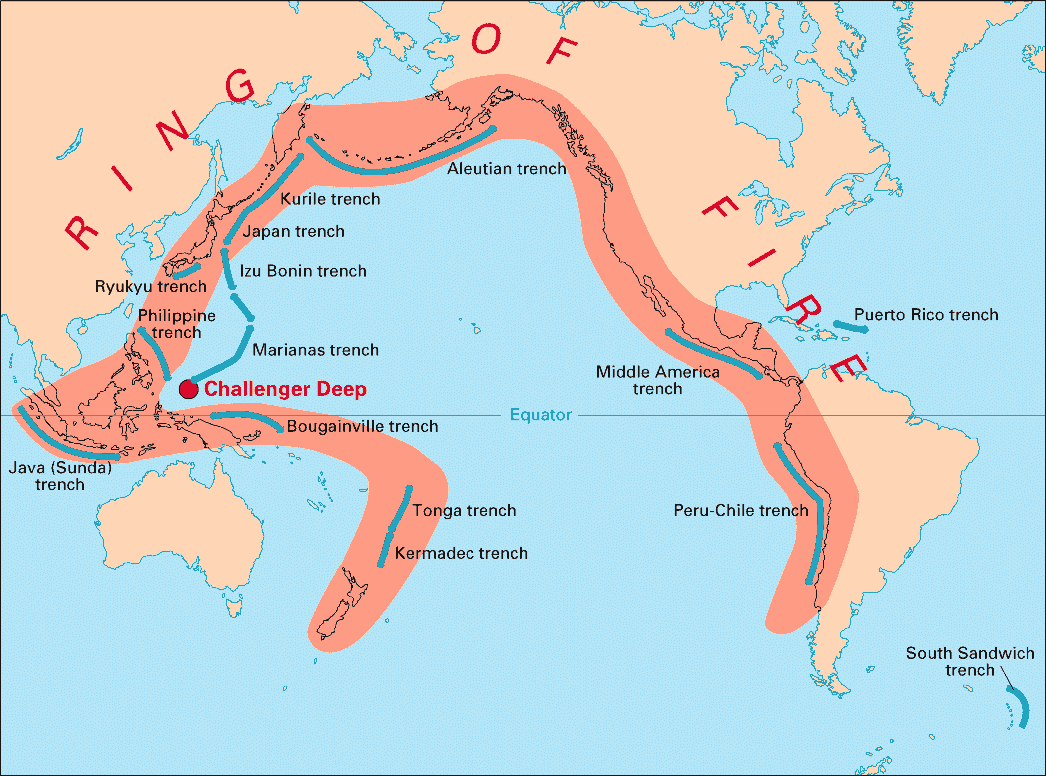
|
|
Indonesia is situated on the Pacific Ring Of Fire on the left side of the map. Most uniquely is that the country is sitting on three tectonic plates - the Pacific, Eurasian, and Australian which give rise to many volcanoes and frequent earthquakes. One of the recent infamous earthquakes occurred on Dec 26, 2004 with a magnitude between 9.1 and 9.3 on the Richter scale. It triggered off a tsunami in northern Sumatra near Aceh (亞齊, 讀'亞遮') killing an estimated 225,000 people in Indonesia and in the surrounding countries. |
|

|
|
Tangkuban Parahu is an active volcano located just 16 miles north of the city of Bandung and 60 miles southeast of Jakarta, too close for comfort. This stratovolcano is about 7000 feet high and was last erupted in 1983. |
|
|
|
In 2005, Tangkuban Parahu had a series of earthquakes measuring 5 to 6 on the Richter scale. There are 70 active volcanoes in Indonesia among hundreds of inactive ones. This is a satellite picture of Tangkuban Parahu from bing.com. |
|
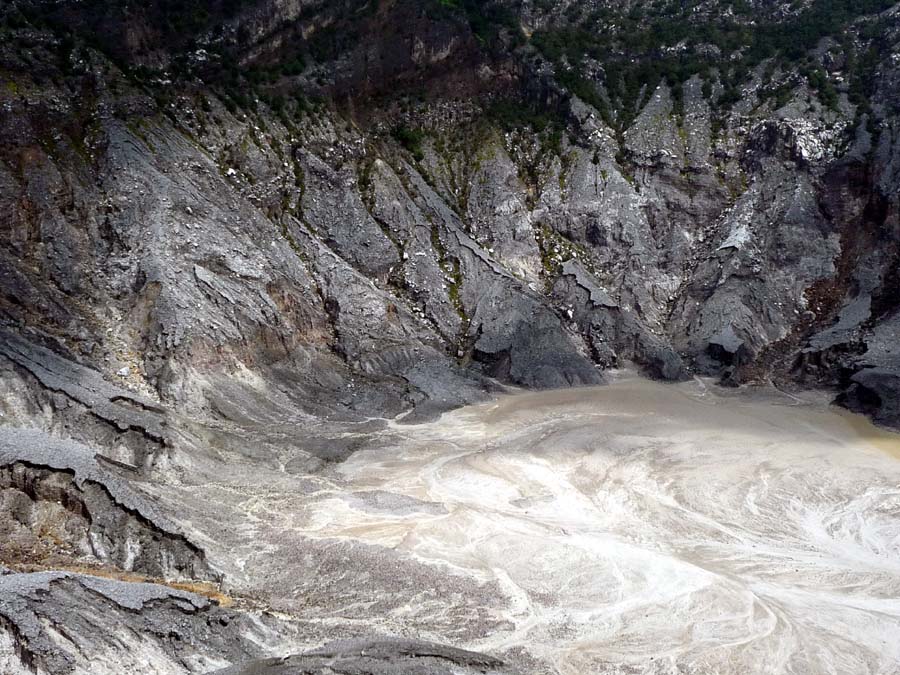
|
|
Tangkuban Parahu is a popular tourist attraction where you can ride in a vehicle to the edge of the crater to view the hot springs and the steam vents up close. It is also common in this part of the world to bring eggs and cook them on the hot surface. |
|
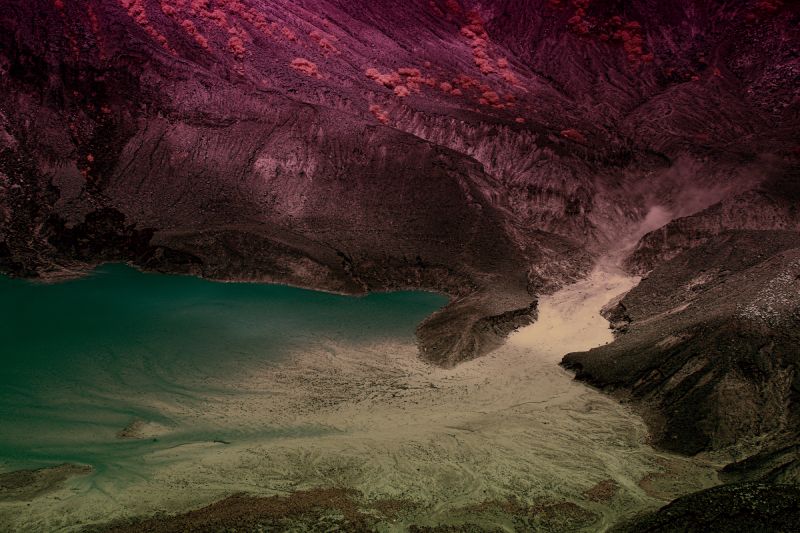
|
|
Here is an infrared photo taken by someone showing the temperature gradients on the hot surfaces of the volcano. |
|
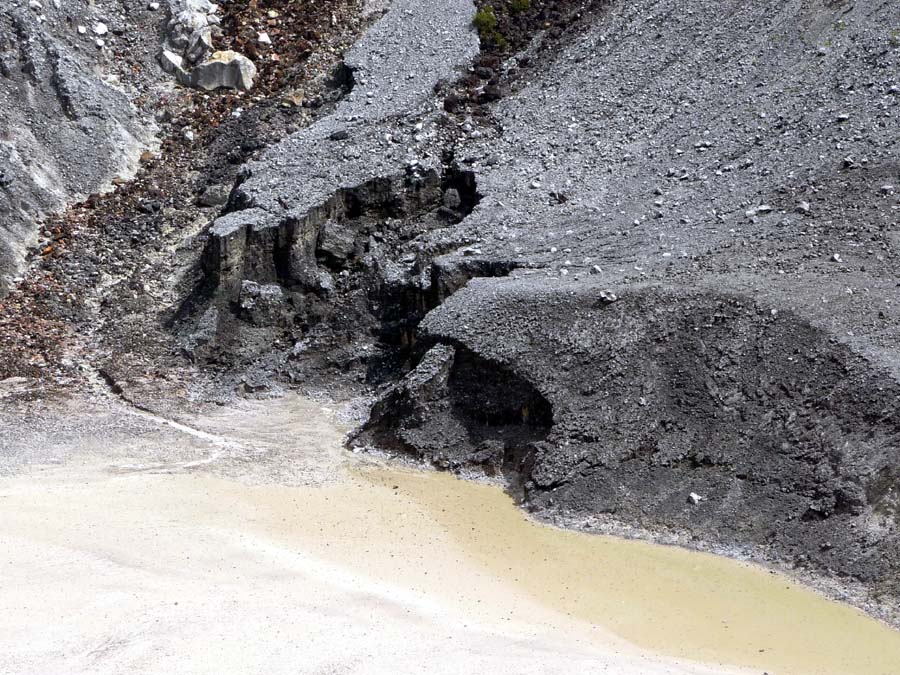
|
|
Though the volcano rim is rugged, there is
this legend of "Sangkuriang" which
can be translated to mean the "capsizing" or
"upturning of a boat". This is a long story
so hang on ....
|
|
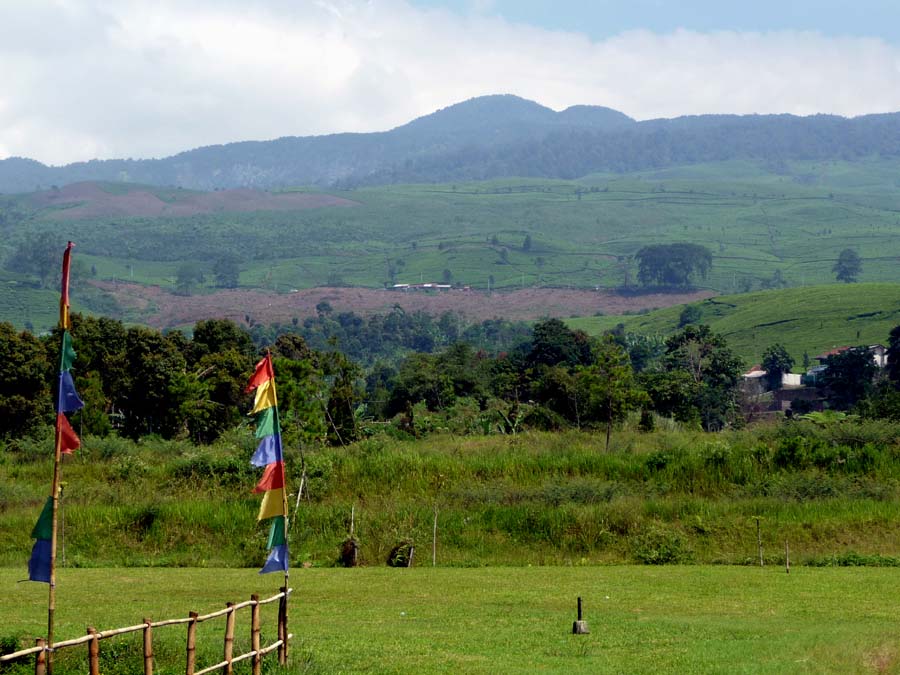
|
|
Despite the devastation of earthquakes and volcanic activities, volcanoes have played a vital role in the geological and human history of Java. As a result of lava flows, land is created on Java. Ash deposits, and mud flows contribute to the fertility of the land, as natural erosion transports volcanic material forming thick layers of fertile sediment. |
|
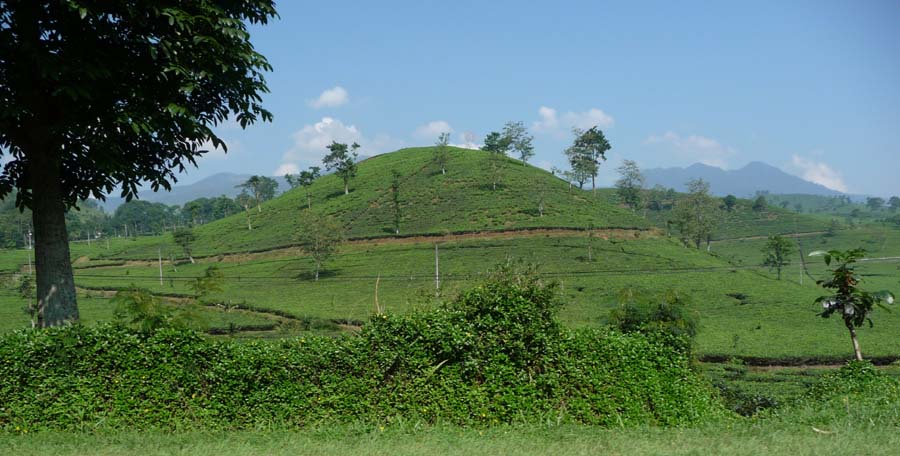
|
|
Tea plantations and other agriculture activities are found below the volcano and into the plains where businesses and people are flourishing. |
|
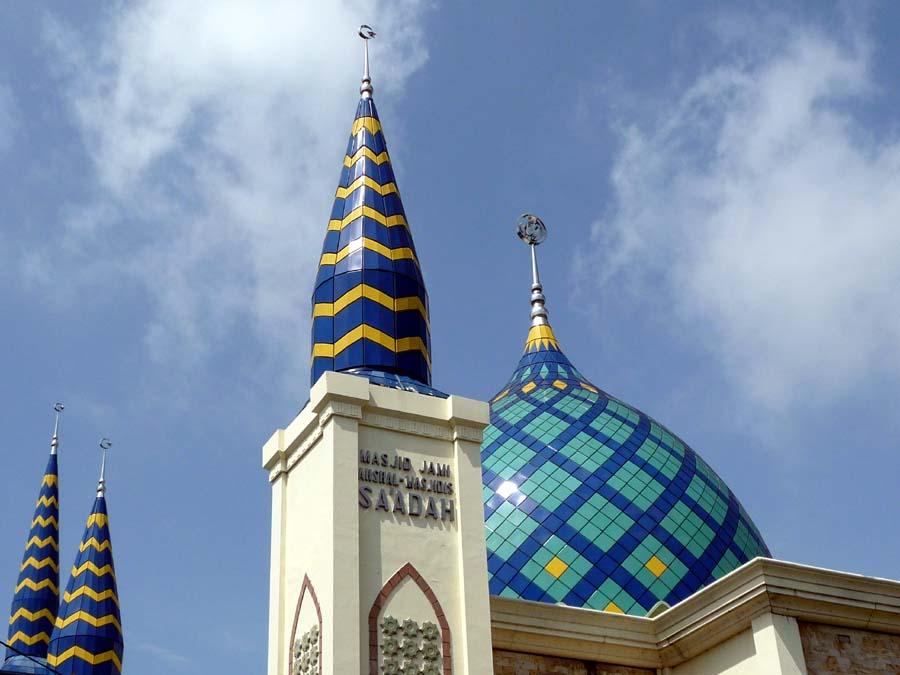
|
|
Here is a beautiful mosque Masjid Jami Saadah located within a few miles of the volcano. |
|
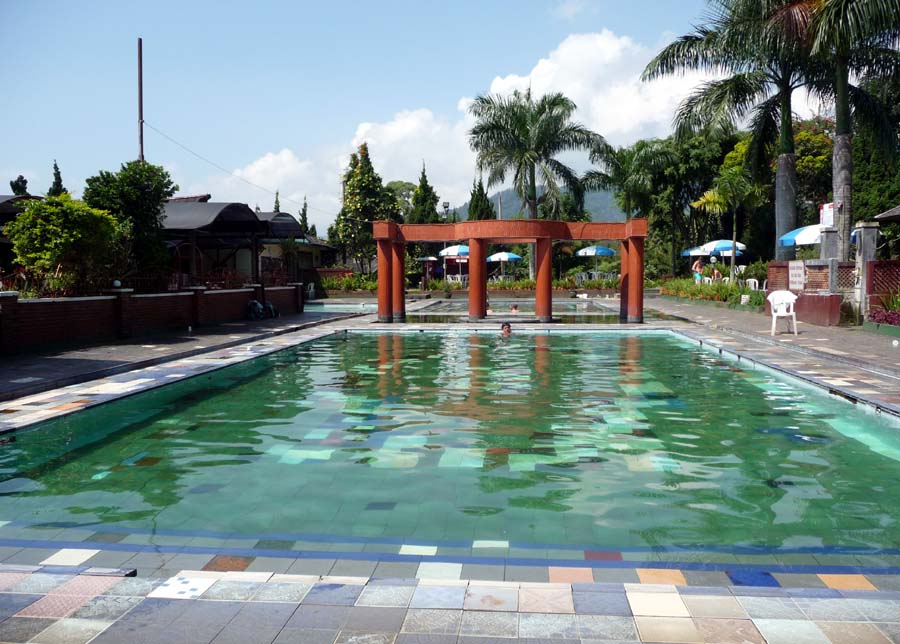
|
|
Other benefits of the volcano in the region include Cintar Spa who offers a non-sulfur smell "soda hot springs" to visitors to rejuvenate and enjoy. There were a choice of hot, warm and cold spring water. You can probably trace my whereabouts from my wet footprints in the foreground. |
|